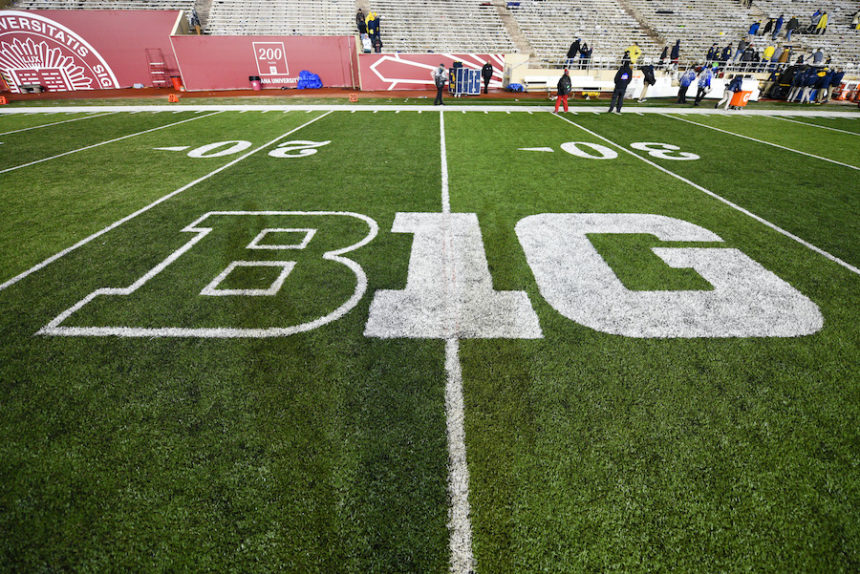On August 11, 2020, both the Big Ten and the PAC 12 conferences announced they would “postpone” fall sports due to the COVID-19 pandemic—the first of the “Power 5” conferences to do so. Their decision came on the heels of several other leagues, including the Mountain West Conference and the Mid-American Conference, postponing their fall sports until the spring. It is unclear whether other conferences, including the SEC, ACC, and Big XII, which are still scheduled to play sports this fall, will follow suit.
The danger of serious illness and the possibility of significant spread of the virus were both at the root of the Big 10 and PAC 12’s decisions to postpone fall sports. However, the possibility of legal exposure, including potential class actions from athletes, their families, friends, and others exposed to infected athletes did and may weigh heavily on the decision-making by schools on whether to go through with fall sports. If, for example, sports proceed as normal this fall and players and coaches from a college or university are stricken with the virus, they may potentially bring a class action lawsuit against their school, the conference in which their school competes, and the NCAA as well. The plaintiffs may argue that they fell ill with coronavirus because they were exposed to coronavirus while participating in football. The defendants knew about the risk of illness and either ignored the risk or did not take proper precautions—such as using PPE, following social distancing, implementing proper testing, or just not playing at all. The plaintiffs will likely seek both compensatory damages as well as punitive damages for such purported reckless behavior, likely in the tens of millions of dollars or more.
A college or university may have a strong argument that it is not liable on the merits because of a lack of proximate cause. COVID-19 is transmitted through the air. With thousands of students returning to campus, plaintiff-athletes could have caught the virus anywhere and from anyone. A proximate causation argument, however, is becoming more challenging as the pandemic continues because of better contact tracing and testing.
In defending class certification, a college or university may argue that the case should not be certified as a class action because questions of law or fact predominate over questions common to the class. The court may have to have a series of “mini trials” to assess each proposed class member’s personal medical history and the cause and extent of each individual plaintiff’s damages. Even if individual determinations are necessary for damages, courts in some jurisdictions may still decide to a class action on liability-only. Another potential argument is that the proposed class is not sufficiently “numerous” to qualify as a class action. While there is no uniform rule on numerosity, typically, there should be at least forty class members to maintain an action as a class action.
While there are numerous defenses available, colleges and universities that play sports this fall are opening themselves up to potentially serious legal exposure. The possibility of legal liability paired with significant damages, in a time when higher education has been forced to tighten its purse strings, will likely weigh heavily on the decisions of other schools and leagues when they decide whether to play fall sports.

